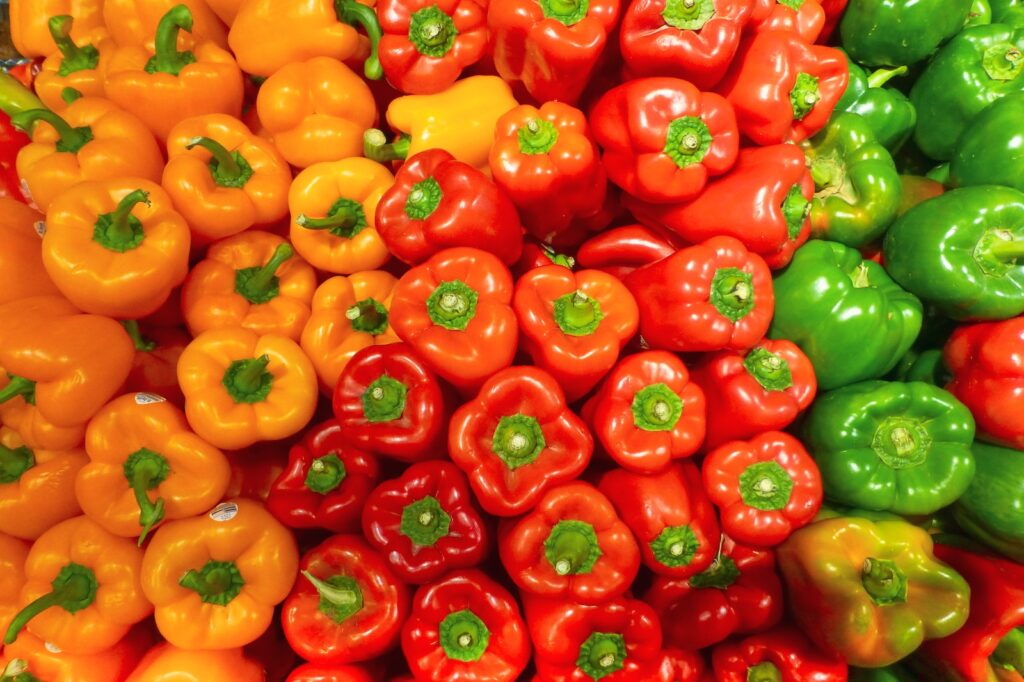- No. 268 Xianghe Street, Economic Development Zone of Xingtai city, Hebei 054001 China
- Byron@hbhongri.cn
Smoky and Sweet Paprika for Flavorful Dishes and Culinary Adventures
The Irresistible Charm of Smoked and Sweet Paprika
In the world of culinary herbs and spices, few ingredients possess the enchanting allure of paprika. This vibrant red seasoning, derived from various varieties of Capsicum annuum peppers, is celebrated not only for its stunning color but also for its complex flavor profile, which ranges from sweet and mild to smoky and spicy. Among the myriad types of paprika available, smoked and sweet paprika stand out, each offering a unique character that can elevate dishes to extraordinary heights.
A World of Flavor
Smoked paprika, often found in Spanish cuisine, is made from peppers that have been dried by smoking over an oak fire. This traditional method imparts a deep, smoky flavor that is both rich and robust. On the other hand, sweet paprika—often called dulce in Spanish—retains its natural sweetness, lending a milder yet distinctly peppery flavor to dishes. Together, these two forms of paprika create a harmonious balance that is versatile enough to be used in various culinary applications.
Culinary Uses
The uses of smoked and sweet paprika are limited only by one’s imagination. In the realm of savory dishes, these spices shine brightly. Smoked paprika is a staple in dishes like pimentón chicken, where its smoky essence enhances the umami flavors of the meat. It can also be a delightful addition to stews, soups, and even barbecue sauces, providing a depth of flavor that transports the eater to sun-drenched Spanish landscapes.
Sweet paprika, meanwhile, adds a beautiful color and gentle sweetness to dishes without the overpowering heat associated with other chili powders. It is often used in spice blends, salad dressings, and as a garnish for deviled eggs, where its bright hue brings vibrance to the plate. Together, these varieties of paprika can be utilized in countless dishes, creating a robust foundation of flavor that keeps diners coming back for more.
Health Benefits
Beyond their culinary merits, smoked and sweet paprika also offer a range of health benefits. Both forms are packed with antioxidants, vitamins, and minerals. They are rich in vitamin A, known for promoting good vision and skin health, as well as vitamin E, which supports the immune system and skin repair. Additionally, paprika contains capsaicin, the compound responsible for the heat in peppers, which has been linked to improved metabolism and a reduction in inflammation. Incorporating paprika into meals not only adds flavor but can contribute positively to overall health.
smoked and sweet paprika

Incorporating Paprika into Your Cooking
For those eager to explore the diverse uses of smoked and sweet paprika, here are a few tips and recipes to start
1. Paella This classic Spanish dish thrives on smoked paprika. Add it to your seafood or chicken paella to infuse deep, smoky notes that complement the saffron and other ingredients beautifully.
2. Roasted Vegetables Toss seasonal veggies with olive oil and a sprinkle of sweet paprika before roasting to create a delightful caramelization and depth of flavor.
3. Deviled Eggs Elevate your deviled egg game by mixing sweet paprika into the filling and using smoked paprika as a garnish for an appealing presentation.
4. Soups and Stews Use smoked paprika to deepen the flavors of your favorite soups and stews. It works particularly well in lentil soup, chili, and even potato leek soup.
5. Marinades and Rubs Combine smoked paprika with other spices and herbs to create a vibrant marinade or dry rub for meats. It’s especially complementary to pork and poultry.
Conclusion
As you explore the world of spices, don't overlook the delightful potential of smoked and sweet paprika. These captivating ingredients can transform ordinary dishes into extraordinary culinary experiences. Whether you seek to add a smoky depth or a mild sweetness, paprika's vibrant flavors and colors can inspire creativity in the kitchen. With their rich history and versatility, smoked and sweet paprika deserve a permanent place in your spice cabinet, inviting you to indulge in their flavorful embrace time and time again.
-
Turmeric Rhizome Powder: A Golden Treasure from Roots to TableNewsJul.28,2025
-
The Versatile Application Of Crushed Red Hot Peppers: Lighting Up The Red Flames On The Dining TableNewsJul.28,2025
-
The Paprika: A Touch Of Vibrant Red In Color, Flavor, And CultureNewsJul.28,2025
-
Ground Turmeric: A Modern Examination of an Ancient SpiceNewsJul.28,2025
-
Capsicum Liquid Extract: Features, Applications, and ChallengesNewsJul.28,2025
-
Application of Capsicum Liquid Extract in FoodNewsJul.28,2025







